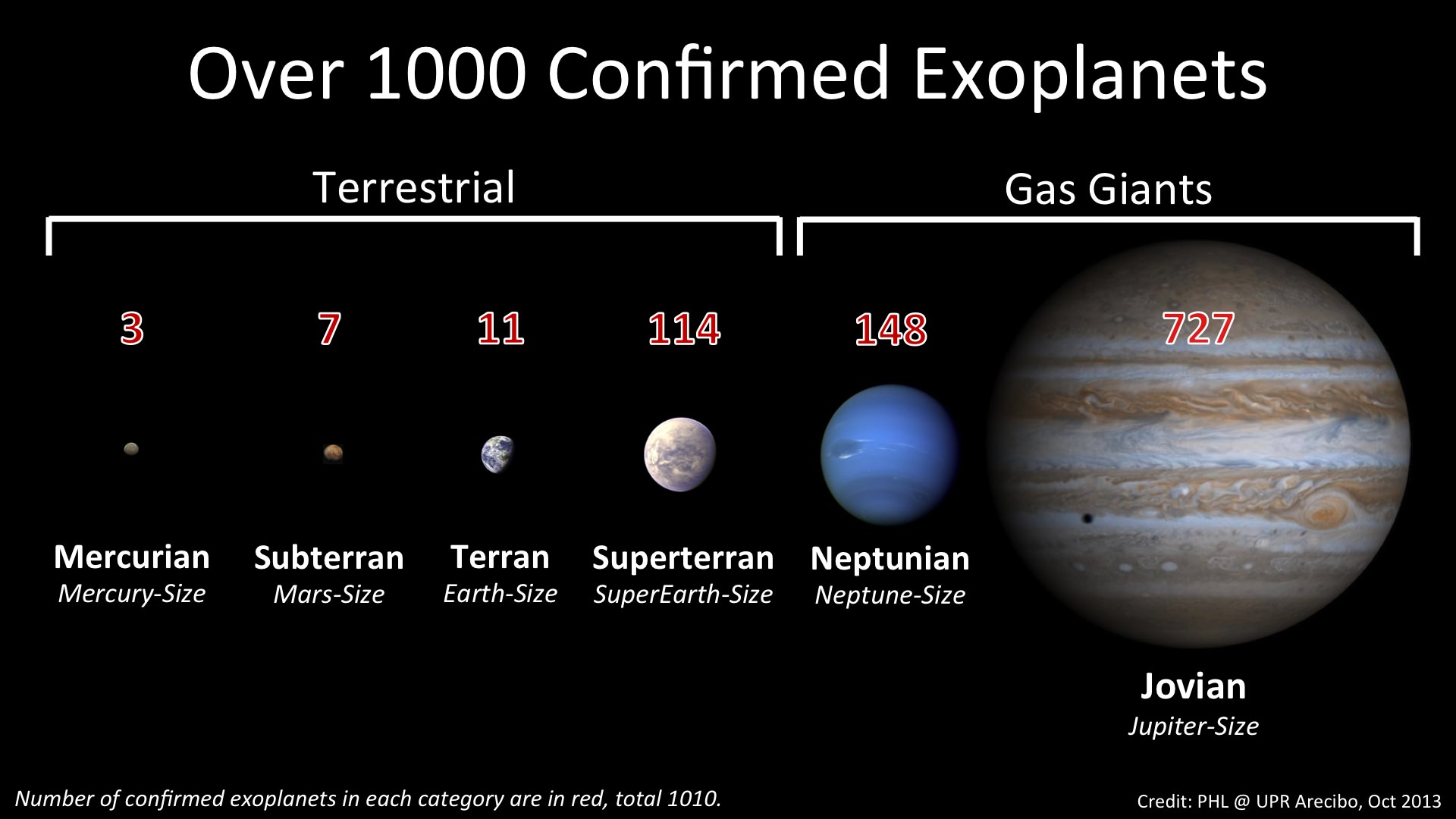Can a kilometer-scale telescope help conduct more efficient science, and specifically for the field of optical interferometry? This is what a recently submitted study hopes to address as a pair of researchers propose the Big Fringe Telescope (BFT), which is slated to comprise 16 telescopes 0.5-meter in diameter and will be equivalent to a telescope at 2.2 kilometers in diameter. What makes BFT unique is its potential to create real-time exoplanet “movies” like the movies featuring Venus transiting our Sun, along with significantly reduced construction costs compared to current ground-based optical interferometers.
Continue reading “The Big Fringe Telescope. A 2.2 KILOMETER Telescope on the Cheap. And it Can Make Exoplanet “Movies”.”How Do We Learn About An Alien Planet’s Size And Atmosphere?
The fun and challenge of exoplanet science is the planets are so far away and so tiny. Figuring out what they look like isn’t as simple as just pointing a telescope and observing. This new video from NASA explains how astronomers use the parent star to figure out the planet’s size, mass, atmosphere and more.
Alien planets are generally detected through blocking the light of their parent star (from the vantage point of Earth) or through their gravitational effects that cause the star to slightly “wobble” during each orbit. These methods can reveal the mass and size of the planet. As for the atmosphere, that takes a bit more work.
“As the planet crosses its star, its atmosphere absorbs certain wavelengths of light or colors, while allowing other wavelengths of light to pass through,” the video stated.
“Because each molecule absorbs distinct wavelengths, astronomers spread the light into its spectrum of colors to see which wavelengths have been absorbed. The dark absorption bands act as molecular fingerprints, revealing the atmosphere’s chemical makeup.”
And this science can reveal amazing things, such as the recent Hubble find of a “clear signal” of water in five exoplanet atmospheres. The video has more detail on how individual elements are identified, so be sure to check it out.


